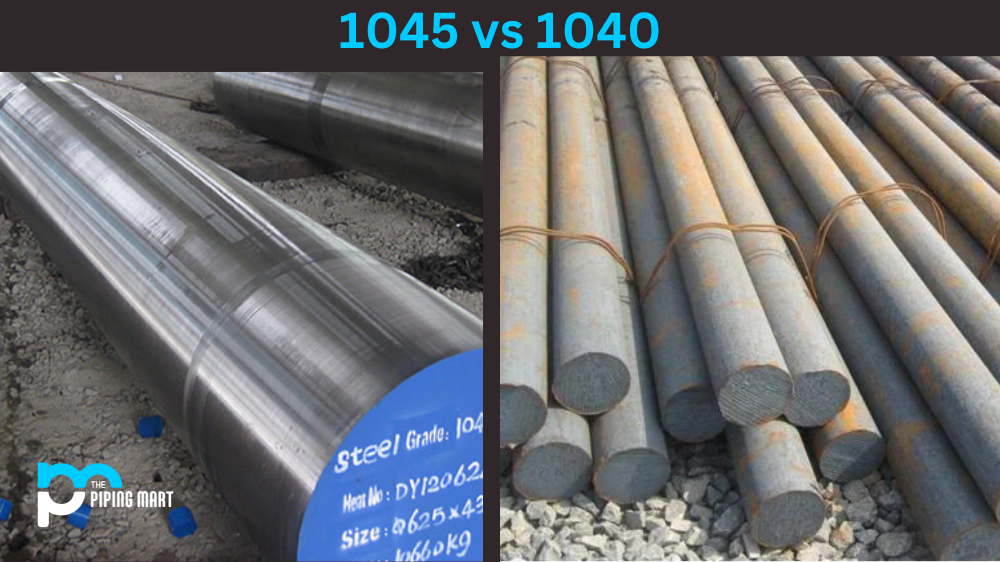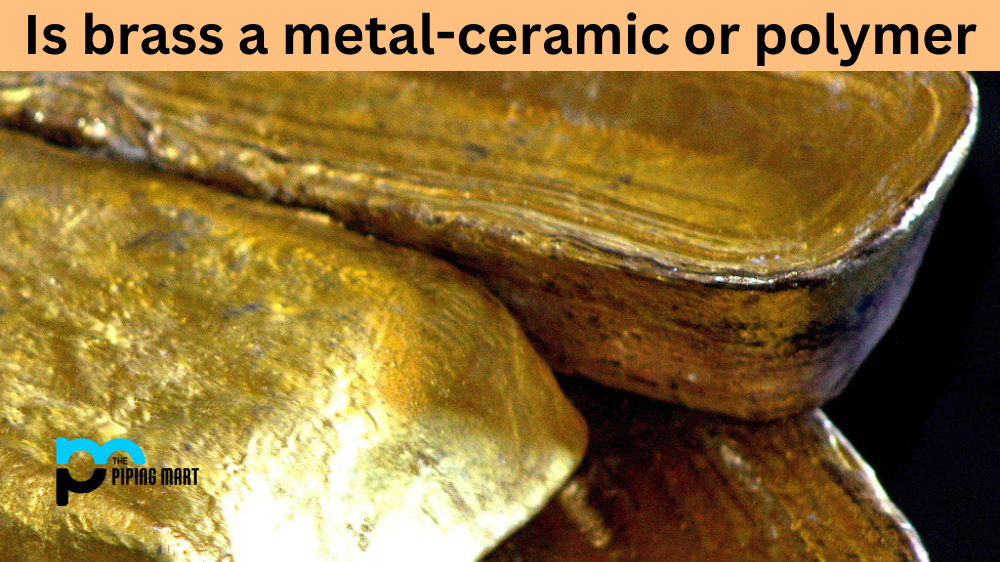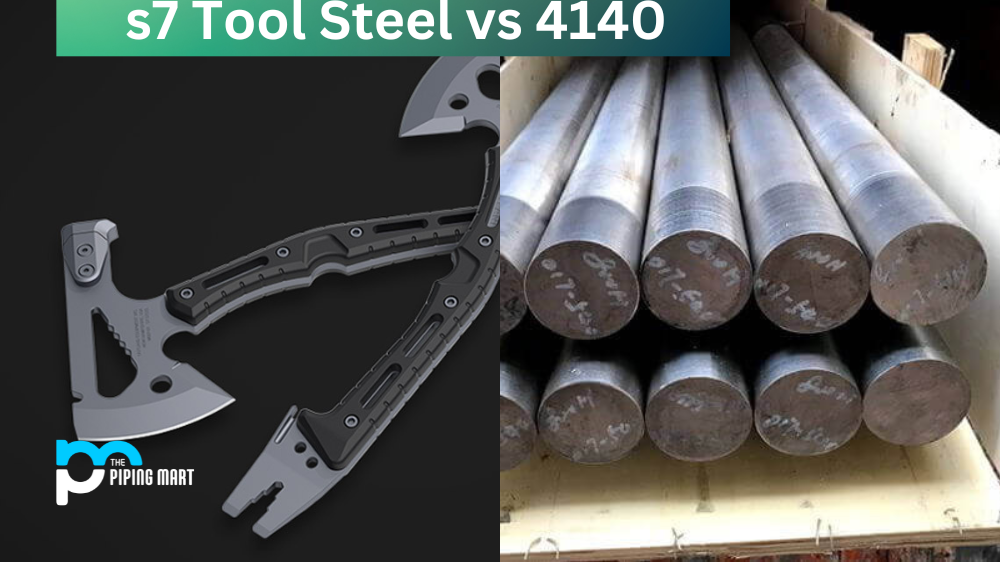Choosing suitable carbon steel for your project can be challenging. With so many options out in the market, it can take time to pinpoint which one would work best for your needs. We’re here to help you in that search and break down the differences between two popular carbon steels available in the market: 1045 and 1040. Read on to find out which one could work best for your project.
What is 1045 Carbon Steel?
1045 is a medium-carbon steel known for its strength, toughness, and wear resistance. It is a popular choice for shafts, gears, and other machinery parts that require high-strength materials. 1045 also has good machinability, which makes it easy to machine and shape into the desired form.
One of the most significant benefits of using 1045 is its high carbon content. This gives 1045 the ability to harden to a greater degree than many other sheets of steel, making it an excellent choice for applications that require high resilience to wear and tear. Its high carbon content also means that 1045 is not as ductile as lower-carbon steels, so it may require more careful handling and processing to avoid cracking or breaking.
What is 1040 Carbon Steel?
1040 is a low-carbon steel known for its ease of processing and welding. It is a popular choice for applications that do not require high strength or hardness. 1040 has a relatively low carbon content, making it more ductile and malleable than higher-carbon steels.
One of the benefits of using 1040 is its easy weldability. It can be welded without preheating or post-weld heat treatment, making it a good choice for welding projects with tight time constraints. 1040 is also easy to form and shape, making it an excellent choice for complex geometrical applications.
Difference Between 1045 and 1040
Comparison
The main difference between 1045 and 1040 is their carbon content. As previously mentioned, 1045 is a medium-carbon steel, whereas 1040 is a low-carbon steel. This difference in carbon content translates to differences in properties and performance.
1045 has a higher carbon content, meaning it has a higher hardness and greater resilience to wear and tear. It is also less ductile and malleable than 1040. 1040, on the other hand, has a lower carbon content, which makes it more flexible and pliable than 1045. However, it also has a lower hardness and wear resistance.
- 1045 carbon steel is a higher quality steel than 1040.
- 1045 has a higher carbon content, which gives it better mechanical properties.
- 1045 is better suited for applications that require higher strength and toughness.
- 1040 is less expensive than 1045, making it a good choice for budget-conscious consumers.
- Both 1040 and 1045 are readily available from most steel suppliers.
- 1040 is more accessible to weld than 1045, making it a good choice for welding projects.
- 1040 can be heat treated to achieve a higher hardness, making it more brittle.
- 1045 is the better choice for most applications that require carbon steel.
Conclusion
Choosing suitable carbon steel for your project is essential for achieving a successful result. Both 1045 and 1040 have pros and cons, and choosing the right one will depend on the specific needs of your project. If you need a high-strength, resilient material for machinery parts and other applications that require excellent wear resistance, then 1045 is a perfect choice. On the other hand, if easy weldability and formability are your top priorities, then 1040 may be a better fit. Either way, you can go right with these reliable and versatile carbon steels.

A passionate metal industry expert and blogger. With over 5 years of experience in the field, Palak brings a wealth of knowledge and insight to her writing. Whether discussing the latest trends in the metal industry or sharing tips, she is dedicated to helping others succeed in the metal industry.




